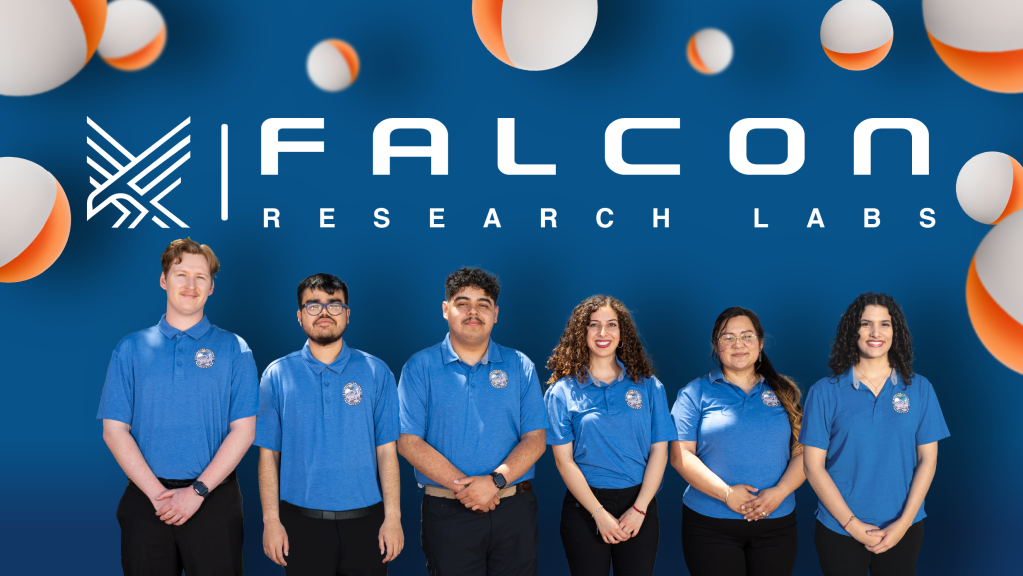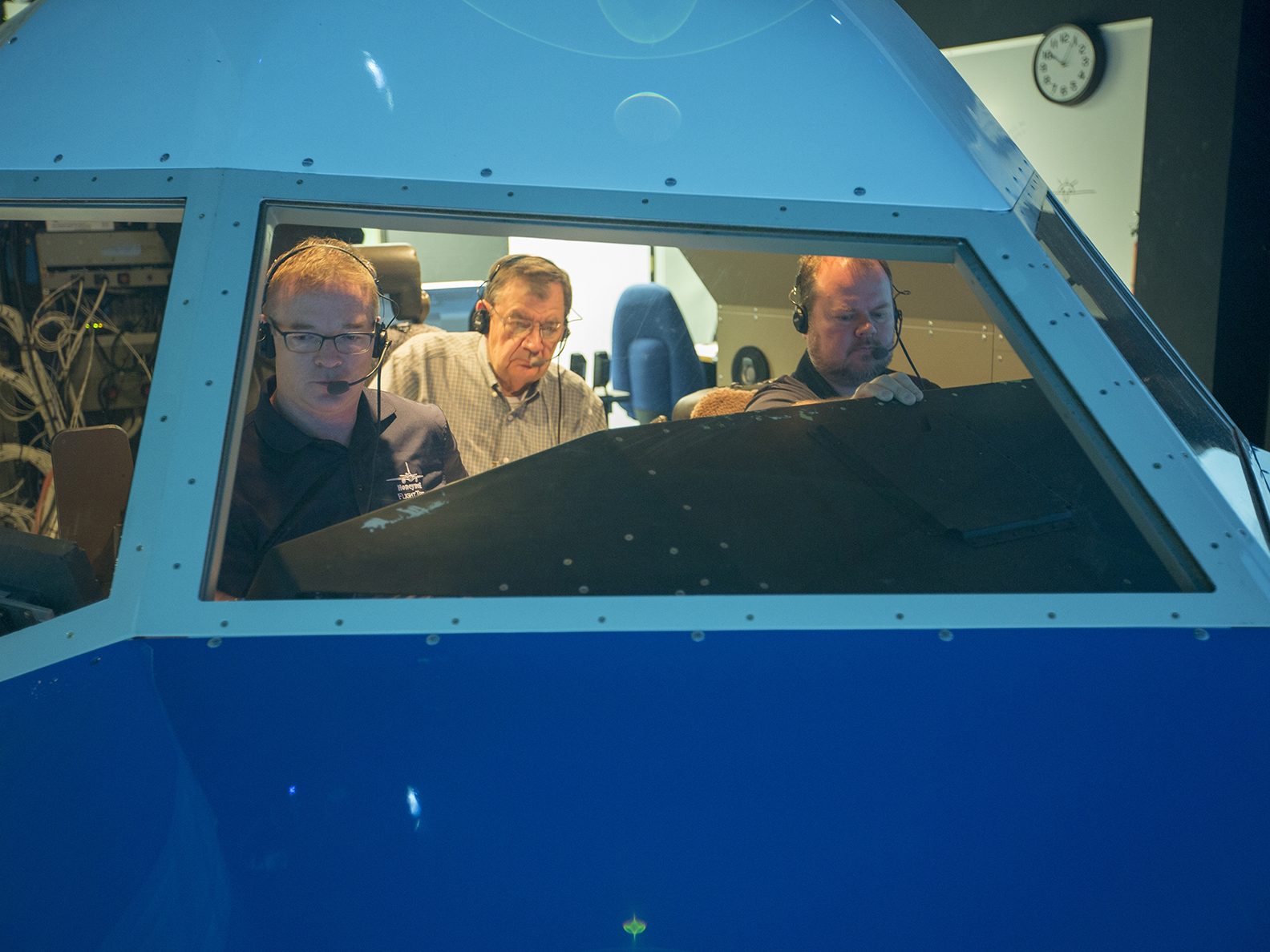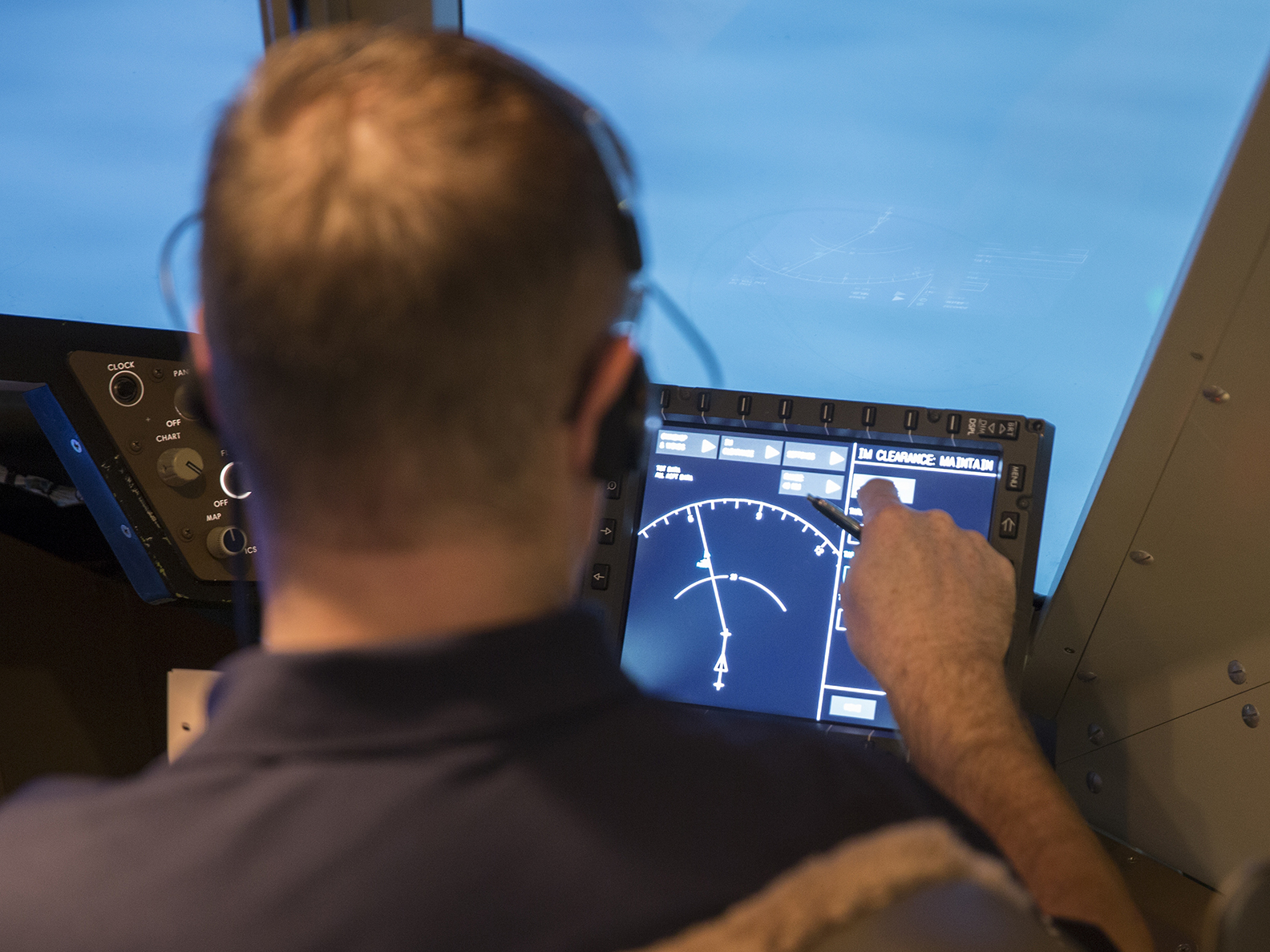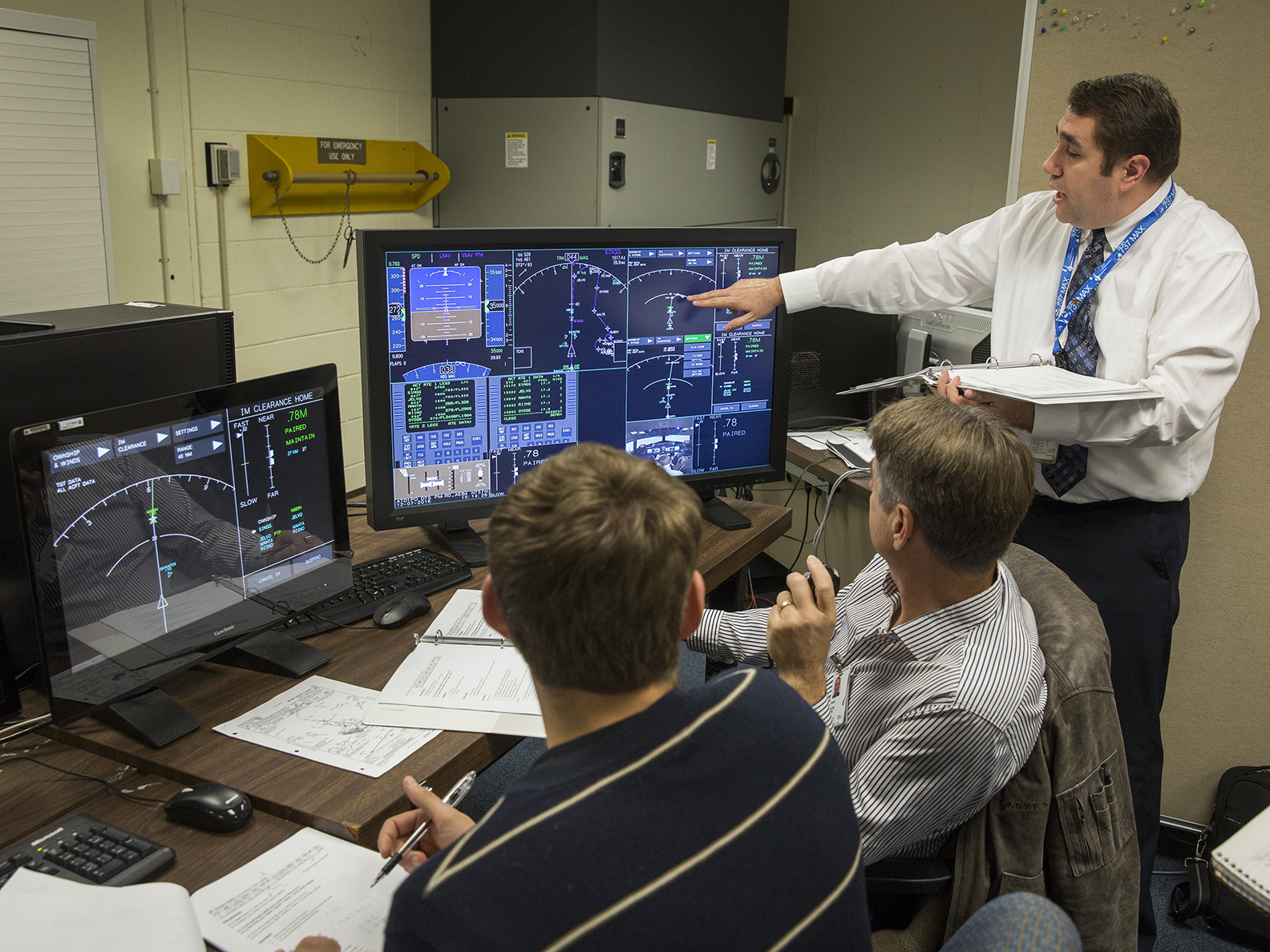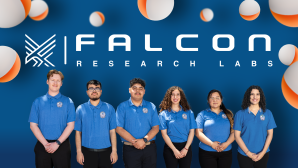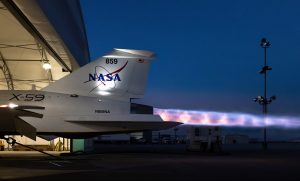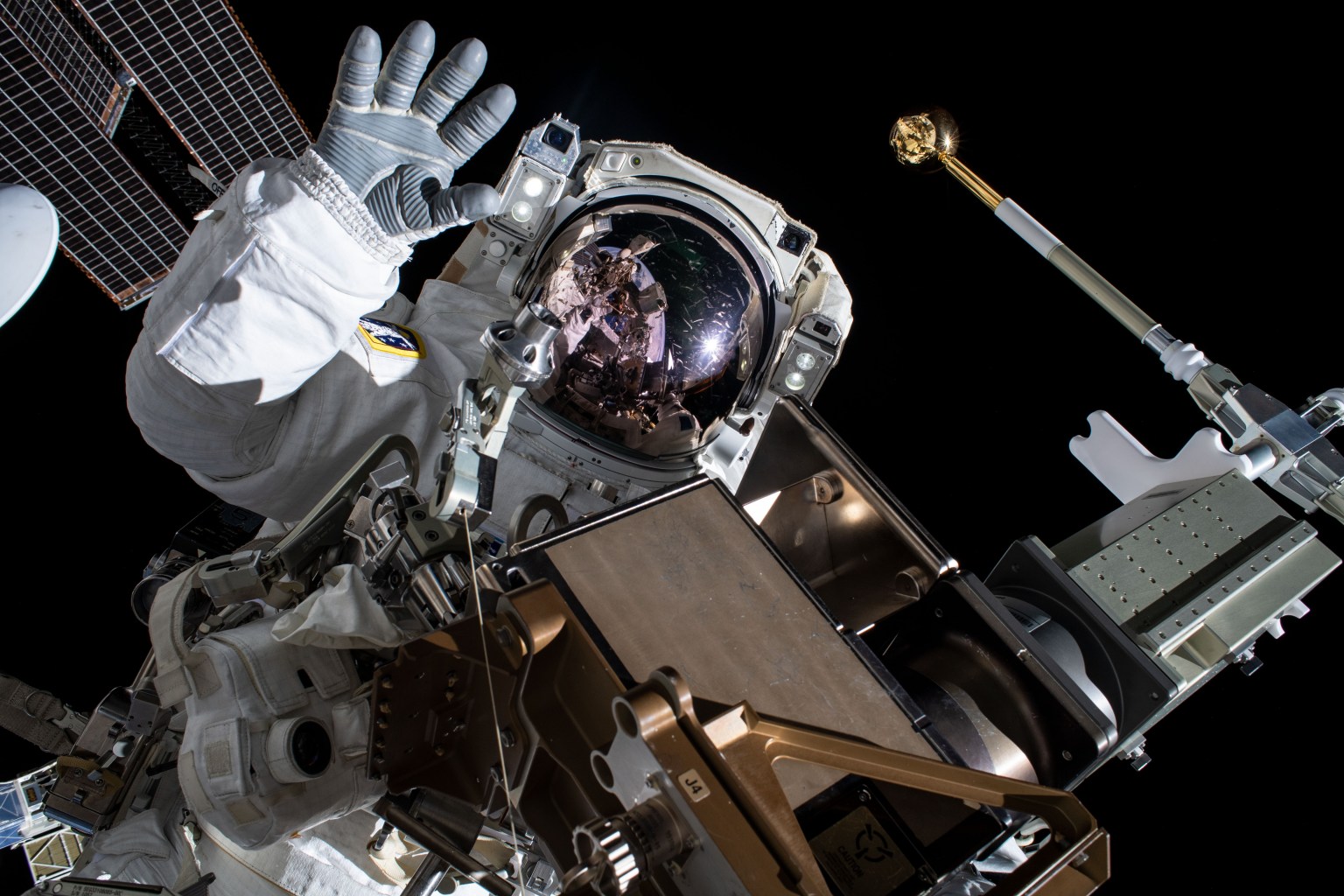It’s time to fly.
After years of research and laboratory work, a full airborne demonstration of new technology and procedures aimed at improving air traffic flow into busy airports is on schedule to take off this month over Washington State.
The system is called Flight Deck Interval Management, or FIM, and its key benefit is that it will help air traffic controllers and pilots more precisely manage and safely shorten the time, or interval, between airplanes landing on a runway.
Flight tests of the cockpit technology will begin as early as Jan. 20 and involve a trio of aircraft required to give FIM a workout by flying multiple runs of three categories of traffic scenarios, with tests possible through as late as Feb. 28.
Final preparations for the demonstration are underway, with all planning sessions and dress rehearsals on the ground complete, and the participating aircraft and flight crew will be deploying to Seattle within the week.
A flight readiness review that will lead to a final “go” for the tests to begin is scheduled for Jan. 19.
“All the pilots that are going to be flying the FIM operations have gone through the training modules and simulations. The equipment is all set and we’re ready to go,” said Sheri Brown, ATD-1 project manager at NASA’s Langley Research Center in Virginia.
ATD-1 is short for Air Traffic Management Technology Demonstration-1, a coordinated effort involving NASA, the Federal Aviation Administration (FAA), and industry to develop and evaluate new technologies and procedures related to aircraft scheduling and airport arrivals.
The research is intended to help airplanes spend less time in the air, save money on fuel, and reduce engine emissions – all the while improving schedule efficiency to help passengers arrive at their destination on time and avoid missing connecting flights.
FIM is the final piece of a suite of aircraft arrival technology developed under ATD-1.
Two other NASA-developed technologies from ATD-1 – Traffic Management Advisor with Terminal Metering and Controller Managed Spacing – together were delivered to the FAA in 2014 as a single tool known as Terminal Sequencing and Spacing (TSAS).
Information provided to air traffic controllers from TSAS will be combined with NASA-developed software that is at the heart of FIM. The result is guidance that directs pilots to fly at a certain speed and maintain a more precise spacing with an aircraft flying ahead of them all the way down to the runway.
“It’s a very simple ‘follow the leader’ operation that is easy to execute by the flight crew,” Brown said.
The flight test will take place about 120 miles due east of Seattle over Grant County International Airport. All anticipated flight operations have been fully coordinated ahead of time with all involved FAA air traffic control facilities.
During the course of the flight tests, researchers hope to complete some 80 runs involving three major flight scenarios: flying at a cruise altitude of 35,000 feet, descending from cruise altitude all the way down to the airport, and making a final approach beginning about 15 minutes before touchdown.
The plan is to fly about five-and-a-half hours each weekday, testing up to five test scenarios during each daily sortie.
“We can adjust the plan as needed based on weather, any technical problems we might encounter or if we are delayed by other air traffic as we fly to and from our Seattle-based home fields,” said Brian Baxley, NASA’s flight test lead stationed at Langley.
The trio of aircraft involved in this ATD-1 shakedown of FIM includes a Boeing 737 provided by United Airlines and two airplanes provided by Honeywell. One will be a Boeing 757 while the second will be a business jet, either a Dassault Falcon 900 or an Embraer 170.
Honeywell’s aircraft will base out of Boeing Field in Seattle, while the United aircraft will call Seattle-Tacoma International Airport home between test flights.
The Honeywell 757 and United 737 will be equipped with the FIM system in its cockpits, where its pilots will “follow the leader” during test runs behind the Honeywell business jet, which will provide its speed and position information to the other aircraft.
If all goes well with the demonstration, the entire FIM system – including software and hardware – will be turned over to the FAA by the fall of 2017, where the FAA will continue to evaluate and test it before making a decision to certify its use.













